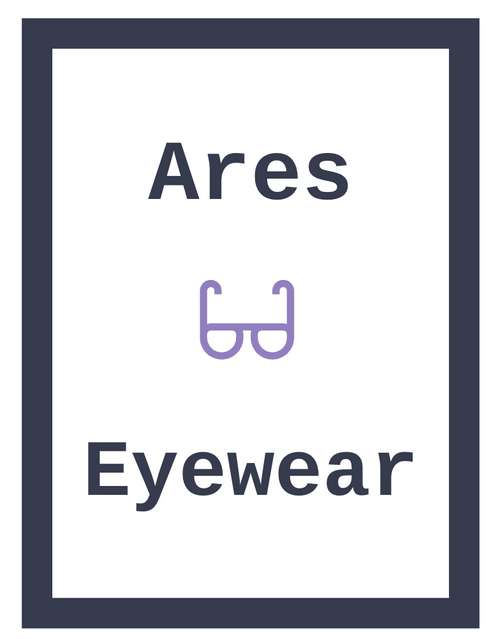In today's digital world, where we spend a significant amount of time working on computers, tablets, and smartphones, eye strain has become an increasingly common complaint.

Eye strain, also known as asthenopia, is a condition that occurs when the eyes become fatigued, uncomfortable, or irritated after prolonged use.
Why does Eye Strain Happen?
1. Screen time: One of the primary causes of eye strain is excessive screen time. Looking at digital screens for extended periods can lead to a condition called computer vision syndrome.

The bright and flickering light emitted by screens, coupled with the need to constantly focus and refocus on the screen, puts a strain on the eyes.
2. Extended periods of focusing: When we spend long hours reading, writing, or doing any task that requires intense focus, our eyes become strained.

Continuous close-up work forces our eye muscles to remain in a constant state of contraction, which can lead to tiredness and fatigue.
3. Poor lighting conditions: Insufficient or excessive lighting can strain our eyes.

Working in dimly lit environments forces our eyes to work harder, while excessively bright lighting can cause glare issues, leading to eye discomfort.
4. Incorrect viewing distance: When the screen or reading material is too close or too far from our eyes, it can lead to eye strain.
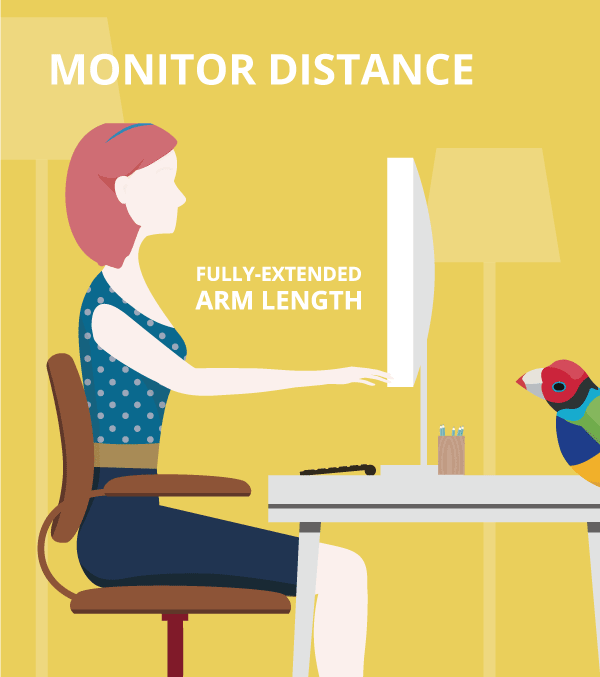
Optimal viewing distance is typically around 20-28 inches from the eyes.
5. Dry eyes: Staring at screens for long periods can reduce our blink rate, leading to dry eyes.
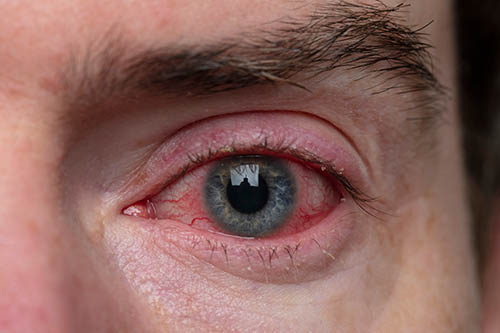
Dry air, allergies, and certain medications can also contribute to dry eye syndrome, causing eye strain.
6. Poor ergonomics: Incorrect posture or position while working can contribute to eye strain.

Improper positioning can include tilting the head too far forward or backward, slouching, or sitting too close to the screen.
7. Pre-existing vision conditions: People with pre-existing vision problems, such as nearsightedness, farsightedness, or astigmatism, may be more prone to experiencing eye strain.

Uncorrected refractive errors can cause additional strain on the eyes when focusing for extended periods.
How can we prevent and alleviate Eye Strain?
1. Take regular breaks: Follow the 20-20-20 rule - every 20 minutes, look away from the screen and focus on an object 20 feet away for at least 20 seconds.

This allows the eye muscles to relax and reduces strain.
2. Adjust screen settings: Adjust the brightness, contrast, and font size of your screen to minimize eye strain.
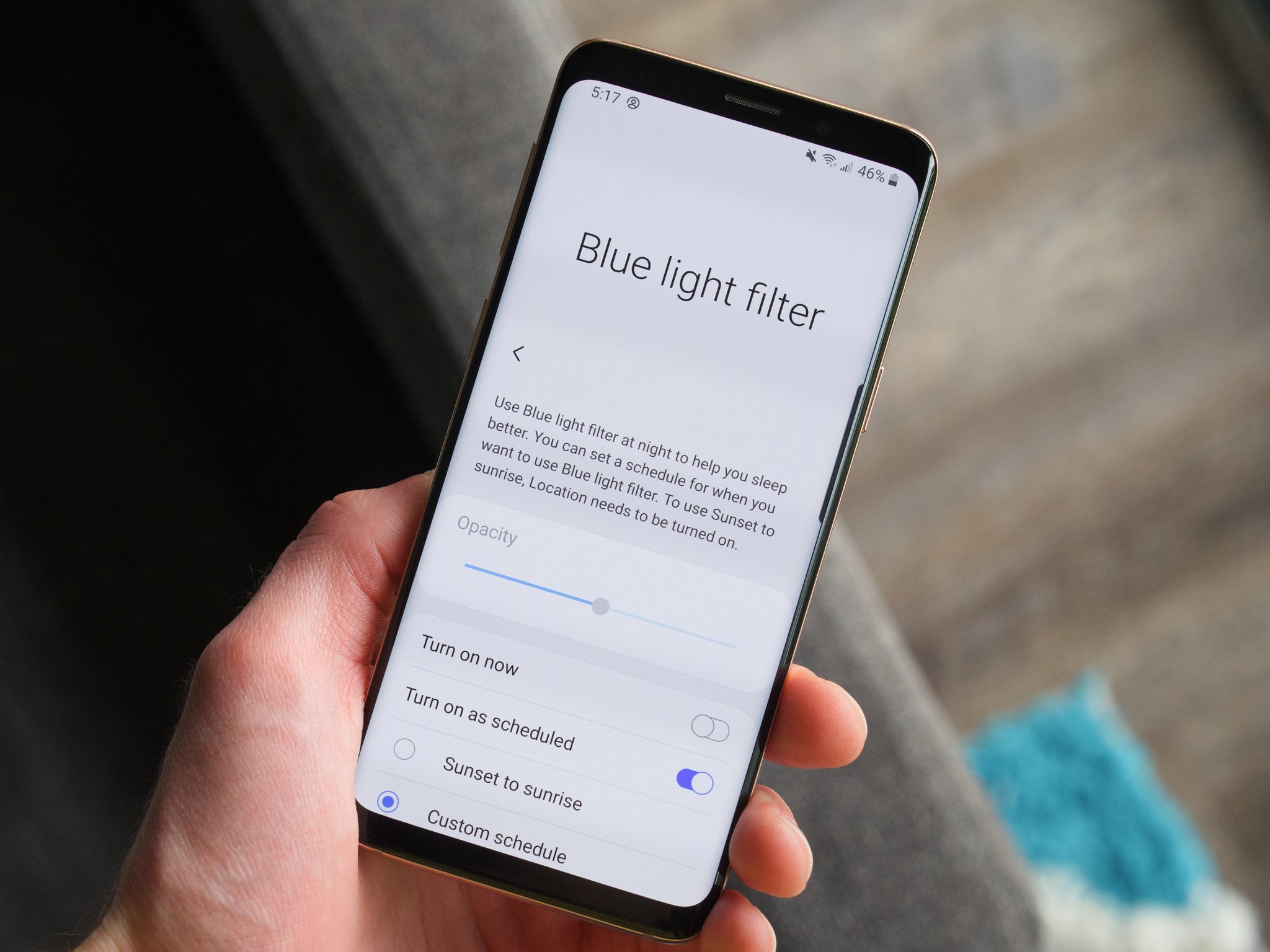
Enable blue light filters or use specially designed glasses to reduce the harmful effects of blue light emitted by screens.
3. Proper lighting: Ensure that your workspace is adequately lit, reducing the contrast between the screen and surrounding environment.
:max_bytes(150000):strip_icc()/tips-for-better-home-office-lighting-1812436-01.1-HERO-17b6f1ec4b174c7f9017e788cbe8cf81.jpg)
Use adjustable desk lamps or natural lighting to minimize eye strain.
4. Maintain the correct viewing distance and angle: Position your screen or reading material at a comfortable distance (20-28 inches) and ensure it is at eye level to minimize strain.

Invest in an ergonomically designed chair and desk to maintain proper posture.
5. Blink frequently and use lubricating eye drops: Remind yourself to blink often, especially when working on digital devices.

This helps to keep your eyes moisturized. Use lubricating eye drops if you suffer from dry eyes.
6. Get regular eye exams: Schedule regular eye examinations to ensure your vision is up to date.
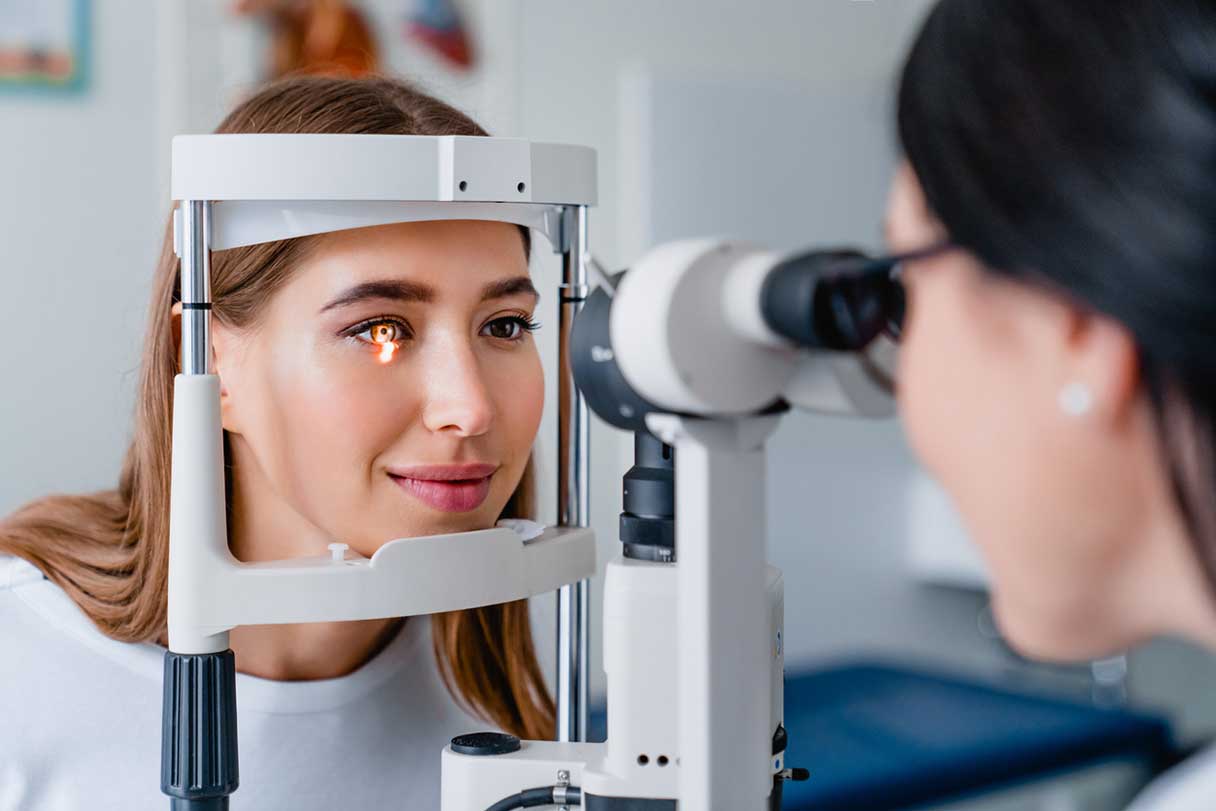
Wearing the correct prescription glasses or contact lenses can help reduce eye strain caused by refractive errors.
Understanding the causes of eye strain and implementing preventive measures can significantly reduce the discomfort and fatigue associated with prolonged screen time. By taking care of our eyes, we can ensure optimal visual health and enhance our overall well-being.
